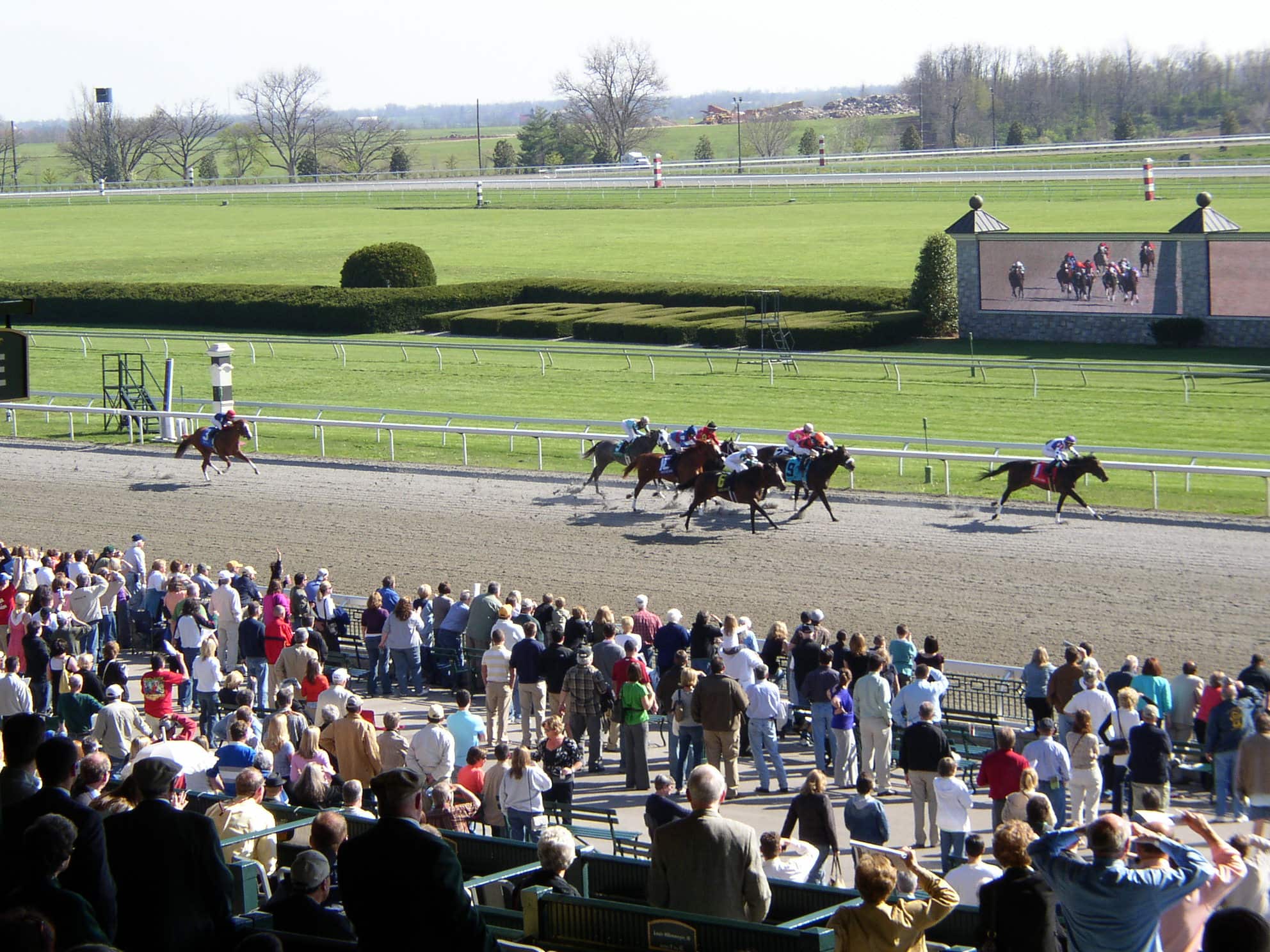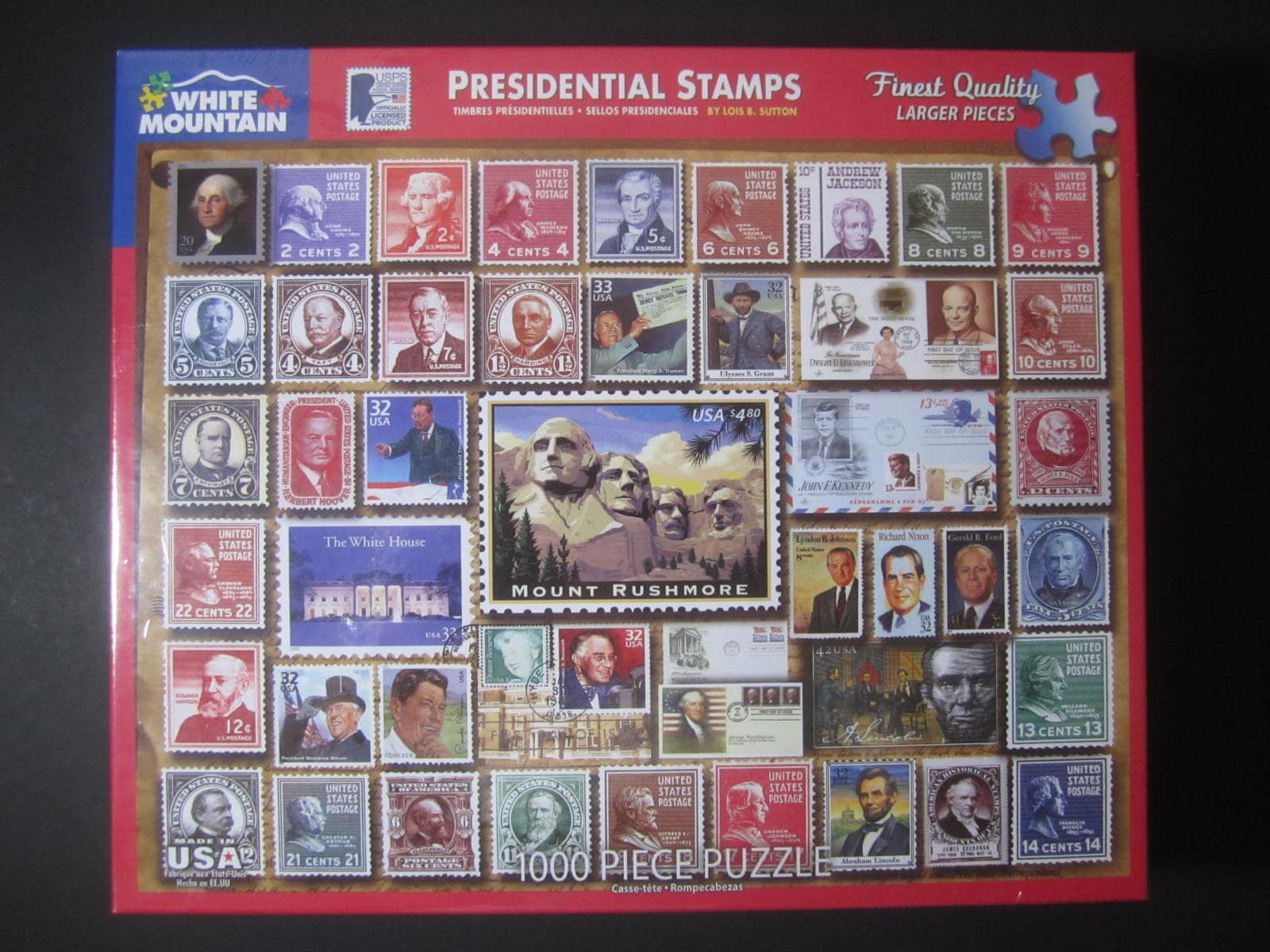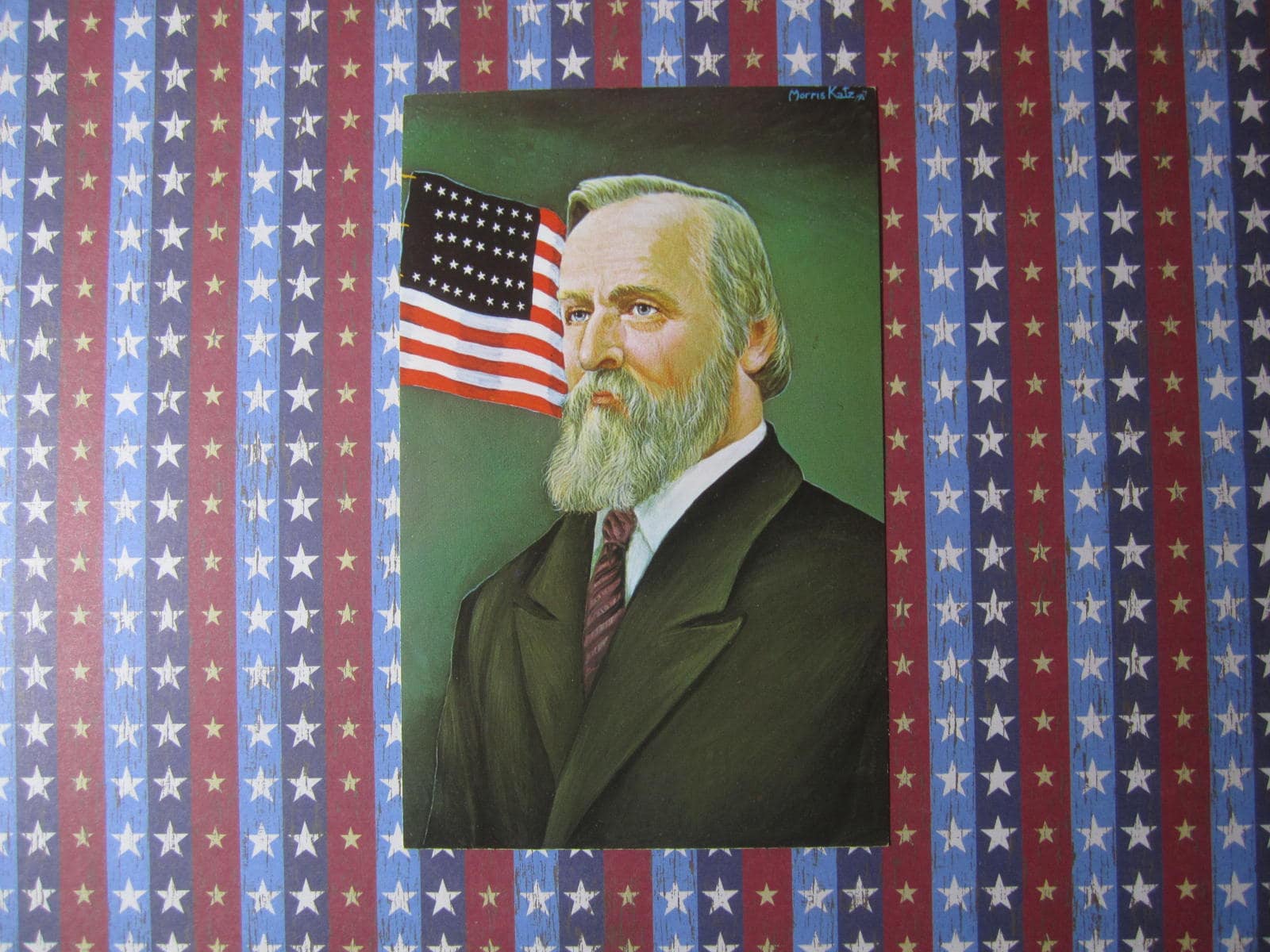The Race
The starter gives the command, “On your mark, get set….” Then, “BANG!” the starters’ pistol blast loudly into the air. This isn’t just any race; this is the race of the century. The whole season and the conference title hinge on the outcome of this one race. All the other events are in the record books. The whole meet has come down to this very last race. Plainly put: Whoever wins this last race will win the event and the conference trophies.
That initial burst, from the starter’s blocks, will be the most energy the runners have for the entire race. Everyone was aware that the race came down to each team’s biggest stars. The star of the one side was named Sam. Sam’s dad and other members of his family had become very well known for a medicine they came up with called Tilden’s Extract. This medicine was derived from cannabis. You may know that better as marijuana. Sam use to be part of the school he was now running against. He liked his new school so much better.
RB was the star of the other school. RB was also known for his injuries. He would have a knee injury, a fractured bone in his left arm and a shoulder injury. Once while riding his horse, the horse would fall beneath him. Another time he would be thrown from his horse and be struck in the head by a projectile. That horse throwing also resulted in a sprained ankle. No, no one would ever doubt RB’s toughness.
Shortly after the start RB’s thoughts would drift away. Maybe he was thinking about his college education. Would attending a seminary or a college get him a degree? He could learn so much and be so scholarly that he might even become the valedictorian. Then he could go to Harvard and become a lawyer. But wait, maybe the Army was the career he should choose. He could rise through the ranks and maybe even become a general. Wait, why not have both? Then, maybe, he could even become a politician. He could even become Governor of the state of his birth: Ohio. His mind returns to the present and without even realizing it he has run a complete lap. He better focus on the race or his school will never win this championship.
Sam’s mind would wander, too. His reflections were very similar to RB’s but there must have been some natural rival instincts imbedded within him. It wasn’t Harvard he was thinking of, but Yale. He, too, thought he might need to attend another college, but it wasn’t a seminary. No, he liked the university in his birth state. But just like RB, his thoughts drifted into the possibility of being the Governor of his home state of New York. Suddenly, focusing on the present, he realized that he and RB were neck and neck for the lead.
Sam’s school’s mascot was the burro. They named him Bernie the Burro. They chose a burro because they prided themselves in their stubbornness to integrity. It wasn’t who you knew, but what you learned that counted the most. RB’s school’s mascot was a mammoth. Unlike Sam’s school, RB’s school didn’t have a live animal for a mascot, because, of course, there are no more mammoths alive today. Instead, they just dressed up one of the students in an outfit with a huge wooly head and big ears with a long trunk and long, curly tusks. They chose the mammoth because it symbolized strength. There were no rebels at RB’s school, just teammates looking out for each other.
Sam and RB were model students. Although each had a very strong desire to win the race they would downplay their importance. As they continued to race around the track, their “humble” selves could not help but to think of all the glory and fame that would cover them if they won the race. Now they were really starting to build up a desire to defeat each other. Looking at it from the stands, you could actually notice their paces picking up. We had a real race on our hands. There was but one trophy and each one was determined that it was their school where that trophy would reside.
Here it came, the end of the race. Both runners were giving it all they had. The next closest runner was almost a half a lap away. Faster and faster they ran. And then, like that, the race was over. It looked like they both tied. But you couldn’t have a tie. There was no such thing as a “shared” conference title or a “shared” trophy. Someone had to win. Someone came forward and said they snapped a photo of the finish. This was in the old days when you had to take the film to be developed. It would be a few days before they would know the results.
When the picture was finally developed, it caused even more controversy. Some said it looked like Sam won. Others would claim that RB won. The decision was made to let the Athletic Association make the final decision. Their ruling would be absolute. It seemed to go on forever. Then a few days before graduation they made their decision. RB was proclaimed the winner.
In 1876, the United States celebrated its centennial. There were a lot of things happening that year: Alexander Graham Bell patented the telephone, Sardines were first canned, Albert Spalding started his sporting goods manufacturing (manufactured the 1st official baseball, tennis ball, basketball, golf ball, and football), the second Kentucky Derby, fourth Preakness and tenth Belmont Stakes would take place (three different horses would win those races that year), and Tchaikovsky would complete “Swan Lake.” In addition, President Grant would have to send troops into South Carolina because of the race riots there. At the beginning of the year Native Americans would be moved to reservations. General Custer would be killed in the Battle of Little Bighorn. In August, Colorado would become the thirty-eighth state. But one of the biggest events was the Centennial Fair that opened up on May 10th in Philadelphia.
But the year 1876 may most be remembered for, at least from a US historical standpoint, that year’s Presidential election. It may have been the most controversial Presidential election in our history. Samuel (Sam) Tilden, the former Republican and now Democrat, was the son of Nathaniel Tilden, who offered the medicine “Tilden Extract.” He was running against the famous Civil War general Rutherford B. Hayes (RB). Tilden was a lawyer who attended New York University and Yale, and he was the Governor of New York. Hayes, who attended Methodist Norwalk Seminary, Kenyon College (where he was a valedictorian), and Harvard, was the Governor of Ohio. Hayes was also a General during the Civil War. Hayes was a real battle worn soldier. He once injured his knee on a raid. Another time his left arm was fractured by a bullet wound from an enemy soldier. He told another one of his soldiers to tie a handkerchief around it and he continued on into the battle. In another battle he was shot in the shoulder and had his horse shot from beneath him. In yet another battle, as he was thrown from his horse he was shot in the head and also suffered a sprained ankle.
No one disputes the fact that Samuel Tilden won the popular vote in the election of 1876. In fact, he won the popular vote by three percent (50.9% to 47.9%) or by over 250,000 votes. Where the conflict came from was the Electoral College vote, the vote that really decides who was President. Five states, Colorado, Florida, Louisiana, South Carolina, and Oregon, would all play a role in this controversy. Colorado (The Centennial State) had just entered the Union and therefore their state legislators, not a popular vote, elected their Electoral College delegates. They went to Hayes. Oregon had one delegate disqualified and therefore their Republican Governor appointed a new delegate, who went to Hayes. In those days parties would print ballots or “tickets” and the voters would turn them in. In Florida, the Democrats printed their ballots with a picture of Lincoln (who would be recognized as “freeing” the slaves), but Lincoln was a Republican. Florida thought this confused the voters so they threw all those ballots out. Florida went to Hayes. Louisiana and South Carolina also had voter adjustments and those two states all went to Hayes. This all lead to Hayes winning the election by one Electoral vote.
Everyone cried foul, so an Electoral Commission was set up. The Commission was to be set up with fifteen members: seven Republicans, seven Democrats, and one independent. It was also set up with an equal membership from the Senate (3 Republicans, 2 Democrats), the House (2 Republicans, 3 Democrats), and the Supreme Court (2 Republicans, 2 Democrats, 1 Independent). But the Independent Supreme Court Justice, David Davis, had won election to the Legislature in Illinois and that vacancy had to be filled on the Commission. All the rest of the judges on the Supreme Court were Republicans and so they picked one of them to fill Davis’ spot. You guessed it, the Commission split 8 (Republicans) to 7 (Democrats) and the Republican candidate, Rutherford B. Hayes, became President-elect two days before the Inauguration in March, 1877.
I may not have been the best track runner in my day, but I do understand what my coach always tried to encourage me to do. He always wanted me to run my best and if everyone on the team ran their best, we would win the meet. Paul, in I Corinthians 9, also states we need to run our best for God. There may not be earthly trophies when we do this, but there will be eternal ones.
Prayer: Dear Mighty Father, Please help me to always give You my best. When I get discouraged, please lift me up so I can perform at a level that will make You proud. Let me always be able to run that race with those eternal thoughts in my mind. Amen!



